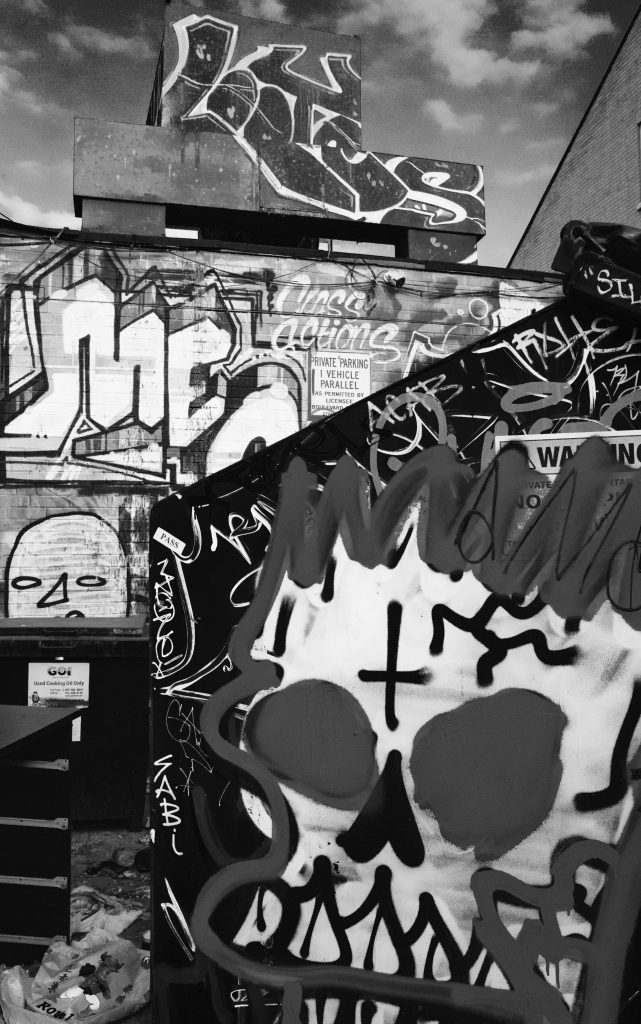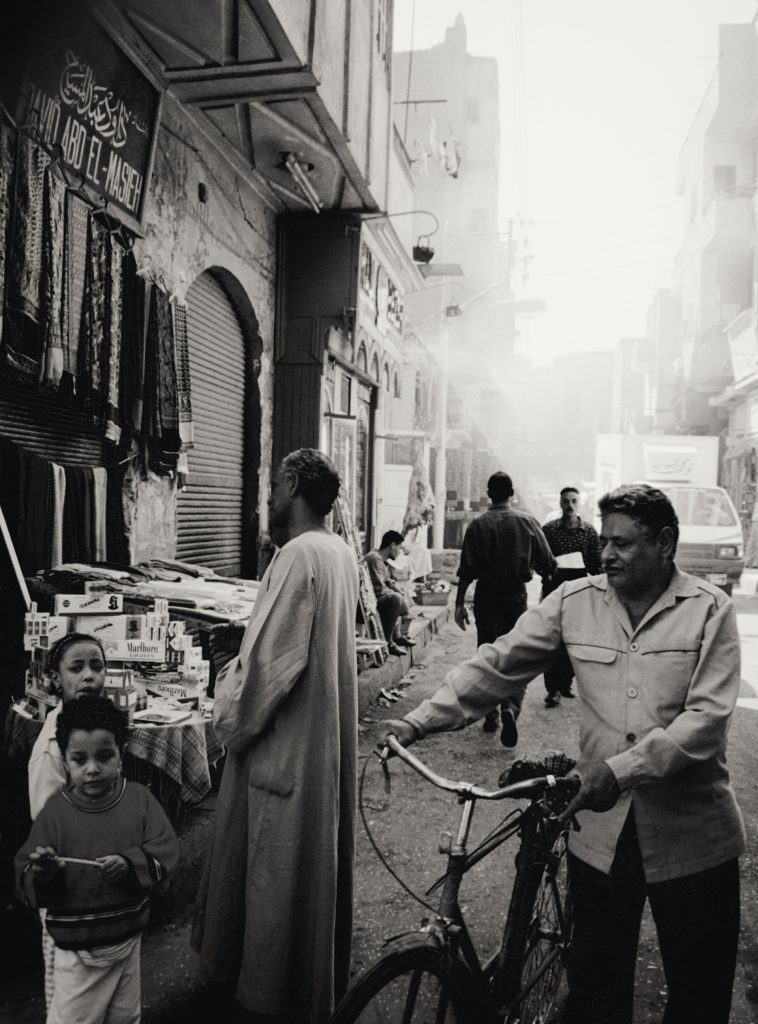In this series, we get to know the Artists behind the work with ten questions about their practice, their space, and their ideas. These are their Stories.
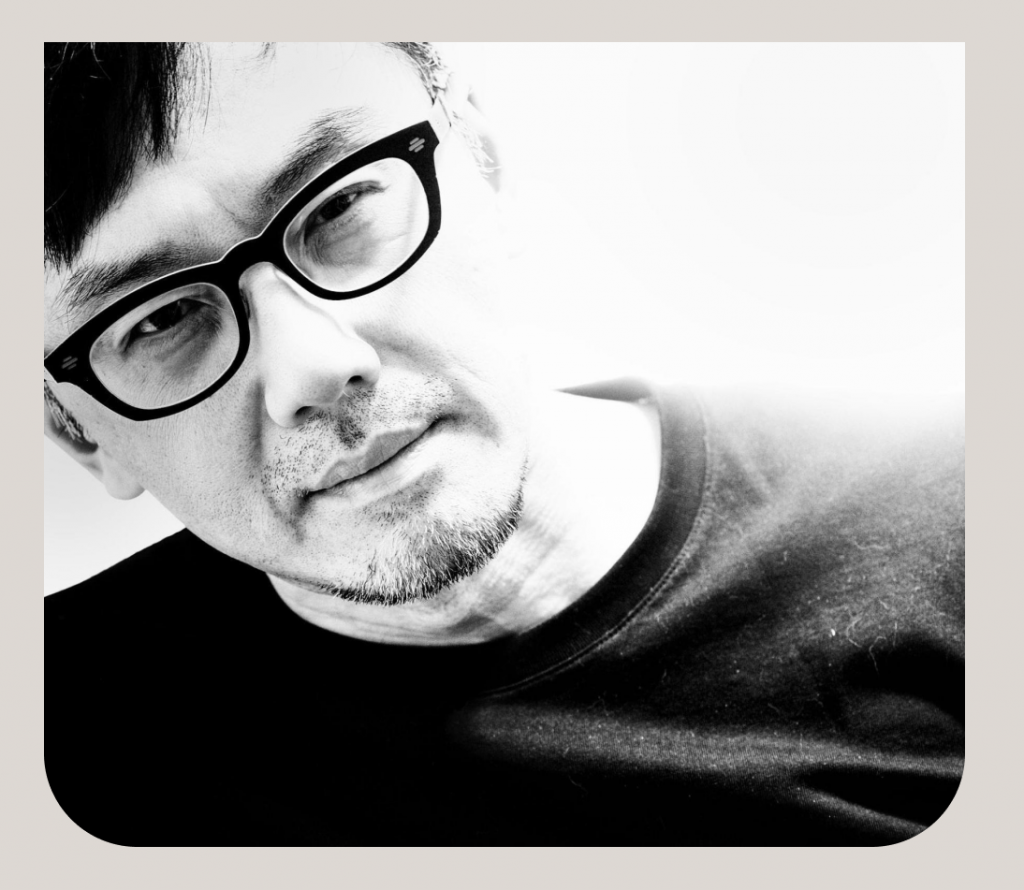
Harley Yang‘s Shop
Harley Yang is a street photographer interested in documenting the everyday through lines, angles, light, and shadows. After working as an IT specialist for years, Harley only fully re-engaged with photography in 2015. Since then he has been awarded the first place prize for the National Award from Sony World Photography and has received several other accolades for his work.
When did you become interested in photography?
Around my preteens. I have 2 uncles that are really into photography. They even had their own darkroom at my granny’s place. I still remember the thick black and white prints with deckled edges, the hot iron beds for drying, and my uncles being yelled at for wasting water. They were not professionals but definitely conveyed to me the fun and geek factor of photography.
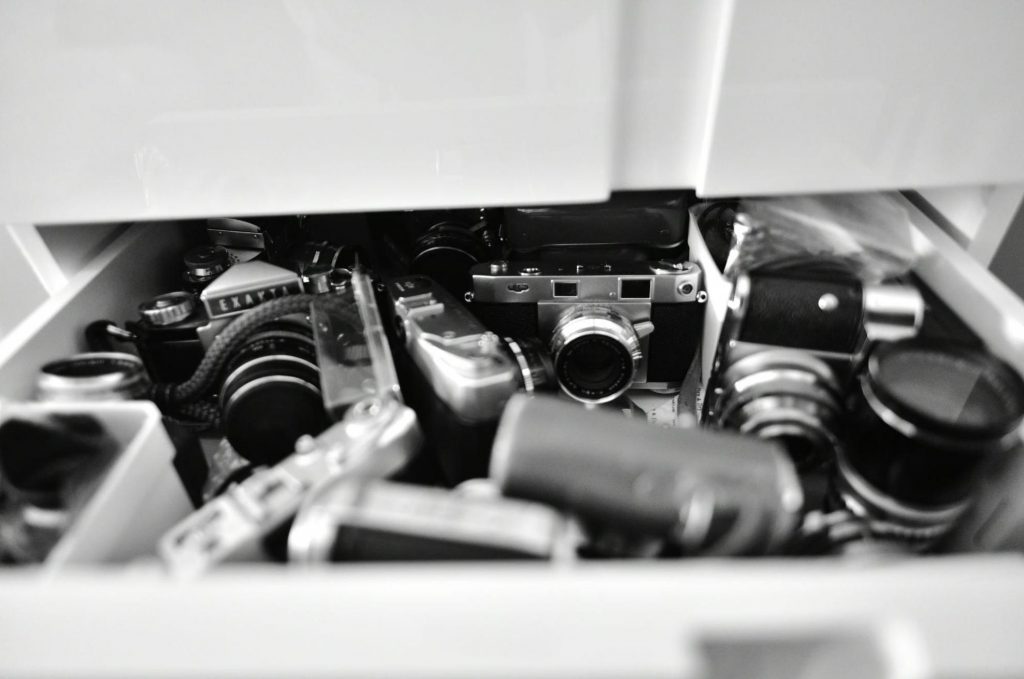
As a street photographer, what does your day look like at work? Do you set aside time to wander and deliberately capture interesting moments, do you simply carry a camera with you at all times in search of a decisive moment, or do you work somewhere in between?
A bit of both. There are always familiar locations/times of day you return to because you know what you want and can get out of. Plus time is saved on the likes of orientation and direction. On the other hand, the unfamiliar challenges your senses, reaction time and framing. But too much continuous stimulus can be very taxing, overwhelming and may lead to burnout. When I can’t shoot for some reason (hands full), sometimes I practice framing in my mind.
The opposite begins with the equipment. For example, recently I’ve been shooting film again with 60-80 year old mechanical folding cameras. To trace the heritage and history of the craft can provide new insights and observations.
How does working in black and white vs color inform your photography?
Color in street photography boosts the energy, points out the particulars, accents or contrasts the tone of the situation, or color may even be the center of the scene itself. Color presents the normality in what we see. While B&W is the distillation, the abstraction of reality. It accentuates the form, lines, shapes and what is essential to the frame. Sometimes to remove the distraction of color, I choose black and white.
Aswan Market, 18″ x 24″ x 2″, giclee photo print (right).
Can you tell us a bit about your post-production process?
Where possible, I try to set aside and not process the result of a session until some time has passed. This allows some distance away from the emotion, or preconceptions of the immediate experience.
For specific photos, I first open it large for an overall basic check up. Then crop, straighten and adjust exposure. Should the photo pass these tests, I then finally decide on tone, treatment and go from there.
Do you have a favorite photograph of yours or one that you’re particularly keen on? What is it and why?
To be honest I get over my own work pretty fast. There are ones that remind me of the goals/ideals to set out on but other than that the content, especially to the audience, may not resonate on an intimate level. For example, ‘Say Something’, one of my earlier works is a constant reminder to myself.
Where do you look for inspiration?
Inspiration may come from many avenues and even the most unexpected places. Like a movie, a book, a conversation, etc. Being aware, rethinking, reliving an experience, past or present helps too. For example, recently I kept recalling this one photo I’ve seen long ago. A photo by Rober Frank, Hearse and Child, from his London series. It’s a very ambiguous photo where the main subjects are near the two ends of the frame. I can trace back this influence to some of my older photos.
Do you have a standout memory or story that you can share with us from street shooting?
The standout revelation for me is more about inner discovery. Your views, personality, how you process the world around you is reflected by how you approach your craft, your subject matter, your framing, how you shoot, even your learning process.
You’re leaving the house, what are the 5 items you must bring?
Camera, light meter, keys, TTC pass, and wallet (sometimes I even forget this).
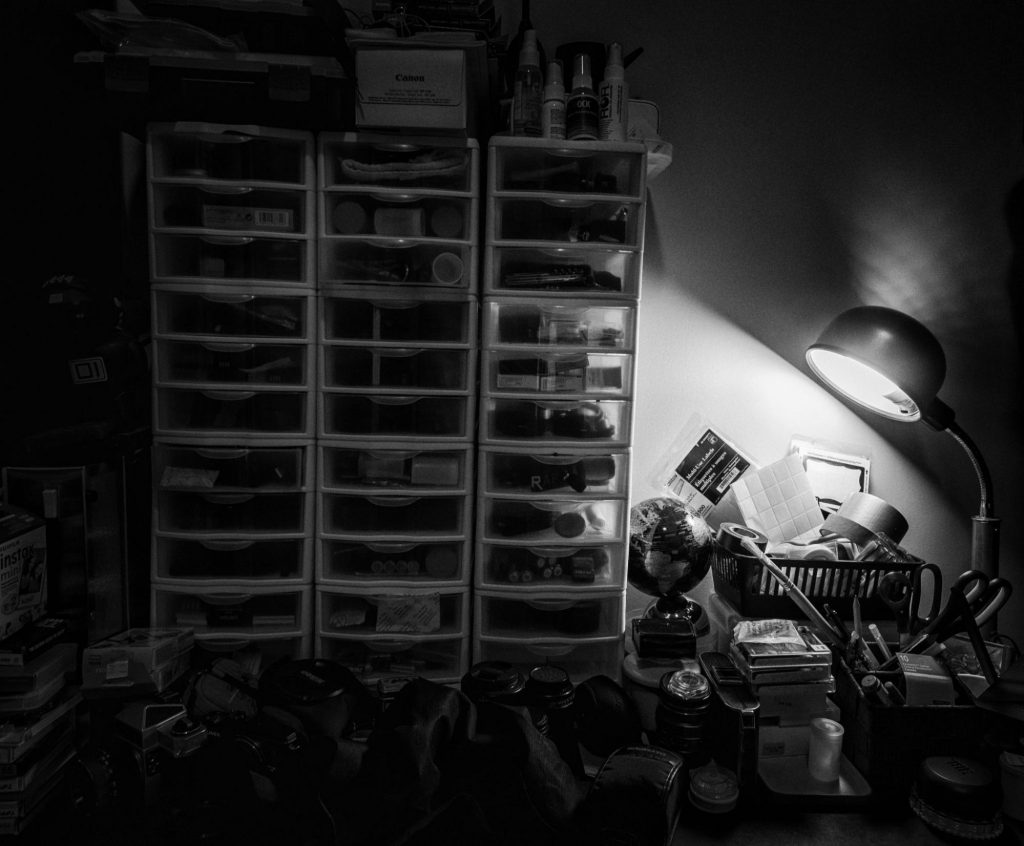
If given the opportunity, what is your dream project?
There are a few but I’m not sure some are achievable. One is to go back in time to the streets of a historical city (Constantinople, Alexandria, etc.). Two, is to document the training process of a highly classified discipline (i.e. astronaut, FBI, religious ordinance). Three, all access to the wardrobe department on period piece production (tv drama or movie).
Who are your favorite artists?
I actually grew up in awe of (or dumbfounded by?) the impressionist painters. Degas, Matisse, Monet, etc. I clearly remember having The Goldfish poster for a very long time. However, I don’t really have one for photography. As I found others may influence too much and distract my aim and discovery process. A few photographers that I’ve seen in photo books at one time or another are Fan Ho, Rober Frank, Yousuf Karsh, Ansel Adams.
Shop Now Harley Yang’s Work
Do you want to be featured? Join Partial as a Pro artist and e-mail us at hello@partial.gallery. We’d love to share your work.
